Sash Window Specialists London – A Portfolio of some of our recent work
Sash windows are a timeless and elegant feature found in many period homes. They provide a unique charm and add to the overall aesthetic of a property. However, like any other window, they can experience wear and tear over time. In this comprehensive guide, we’ll share top tips for repairing sash windows and expert advice to ensure your windows function perfectly and look their best.
Understanding Sash Windows
Before diving into the repair process, it’s essential to understand the anatomy of a sash window. A typical sash window consists of the following components:
- Upper sash
- Lower sash
- Sash cords
- Sash weights
- Parting beads
- Window stops
- Sill
Understanding the different components and how they interact is crucial for diagnosing and fixing issues that may arise.
Common Sash Window Problems
Sash windows can face various problems, impacting their functionality and appearance. Some common issues include:
- Rotten timber: Exposure to moisture can cause wood to rot, leading to structural weakness and potential drafts.
- Broken or frayed sash cords: Over time, the cables supporting the sashes can break or fray, causing the straps to become challenging to operate.
- Sticking sashes: Paint build-up or warped timber can make sashes challenging to open or close.
- Draughty windows: Worn or damaged seals can lead to drafts, reducing energy efficiency.
Sash Window Repair Tips
Here are some expert tips for repairing your sash windows:
Repairing Rotten Timber
Remove the affected area using a chisel or wood scraper to repair rotten timber. Then, apply a wood hardener to the remaining healthy wood. Once the hardener has dried, use a wood filler to rebuild the missing section. Sand the area smoothly and repaint it for a seamless finish.
Replacing Sash Cords
First, remove the sashes from the window frame to replace broken or frayed sash cords. Next, remove the parting beads to access the sash weights. Replace the old sash cords with new ones, ensuring they are of the correct length and thickness. Reattach the sashes to the new lines, and reinstall the parting beads.
Unsticking Sashes
To fix sticking sashes, first, determine the cause of the issue. If paint build-up is the culprit, carefully remove excess paint using a scraper or sandpaper. If warped timber is causing the problem, you may need to plan the sash to ensure a smooth operation.
Draught-Proofing Sash Windows
To draught-proof your sash windows, replace or install weatherstripping around the sashes. This will help to create an airtight seal, improving energy efficiency and reducing noise from outside.
When to Replace Sash Windows
While repairs can address many issues, there may come a time when it’s more cost-effective to replace your sash windows. Signs that it’s time to consider replacement include:
- Extensive rot or structural damage
- Persistent drafts that cannot be resolved with repairs
- Difficulty opening and closing the windows, even after attempting repairs
- Outdated or inefficient single-glazed windows
Replacing your sash windows with modern, energy-efficient double-glazed units can significantly improve your home’s insulation and overall energy efficiency while retaining the period charm of traditional sash windows.
Maintaining Your Sash Windows
Regular maintenance can help prolong the life of your sash windows and prevent the need for extensive repairs. Here are some tips for keeping your windows in top condition:
Cleaning and Painting
Keep your windows clean and free from dirt and debris, which can contribute to issues like sticking sashes. Regularly inspect the paintwork for signs of wear, and repaint as needed to protect the timber from moisture and rot.
Lubricating Moving Parts
Apply a suitable lubricant, such as silicone spray, to the sash window tracks and pulleys to ensure smooth operation and reduce wear on the cords.
Inspecting for Damage
Regularly inspect your sash windows for signs of damage, including rot, cracked glass, or frayed sash cords. Addressing these issues early can prevent more extensive and costly repairs in the future.
Adjusting Balances and Weights
Over time, the sash weights may need adjusting to ensure the sashes open and close smoothly. If the straps are not moving smoothly or are difficult to keep open, check the consequences and change as necessary.
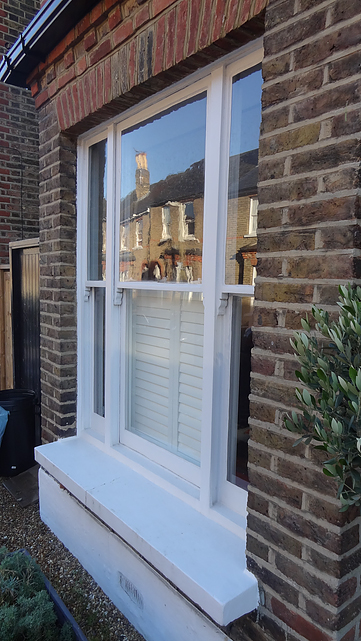
Go to link
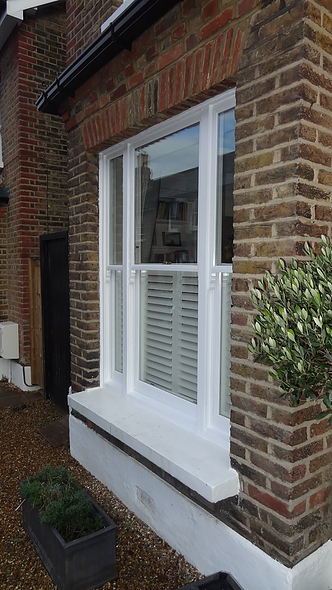
Go to link

Go to link

Go to link

Sash window refurbishment London by the very best sash window repair company in London. we pride ourselves on our specialist sash window renovation skills. sash window repairs in London and all surrounding areas call us today for sash window renovation London.
Go to link
Go to link

Go to link
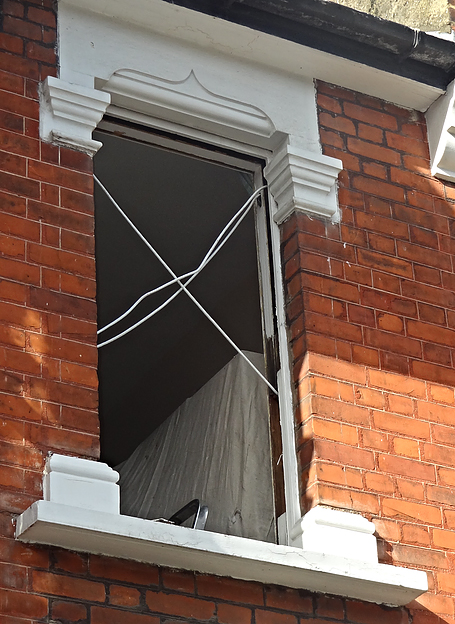
Go to link
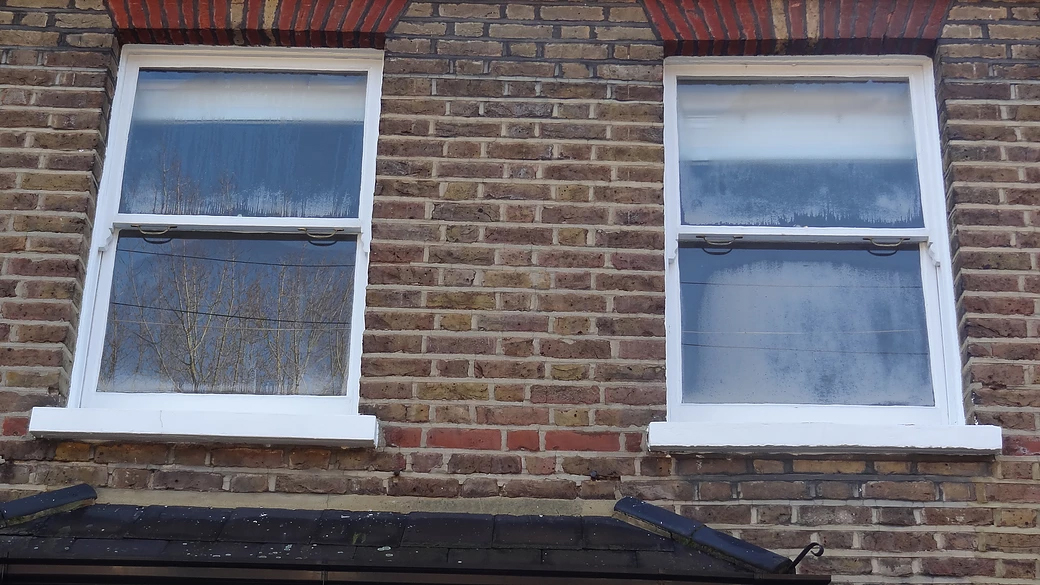
Go to link
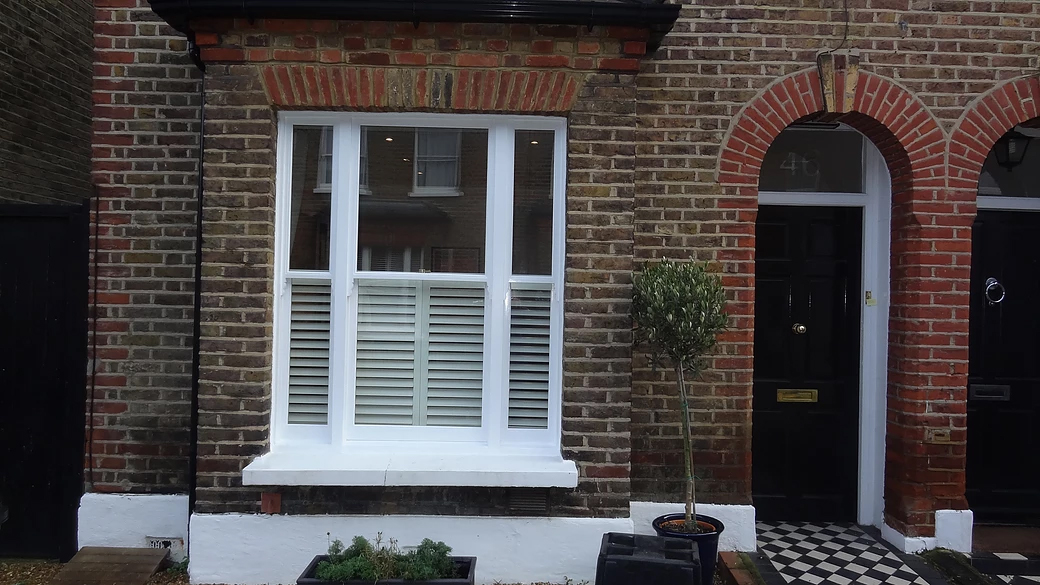
Go to link
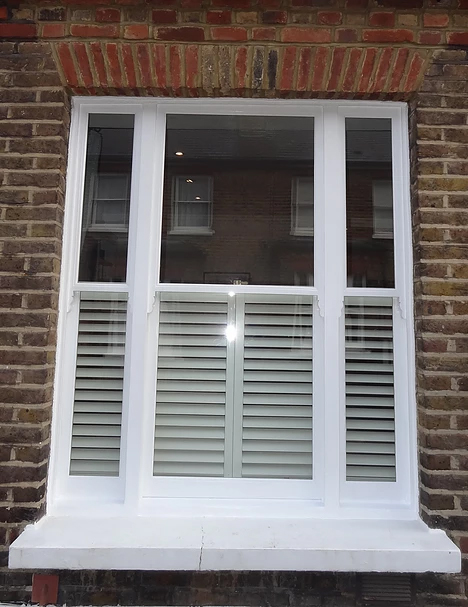
Go to link

Go to link
